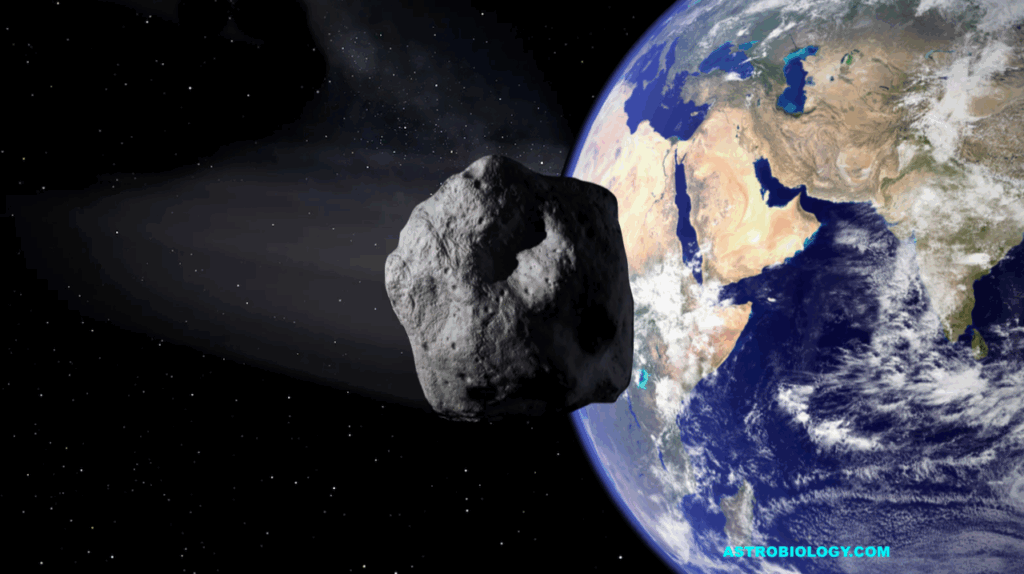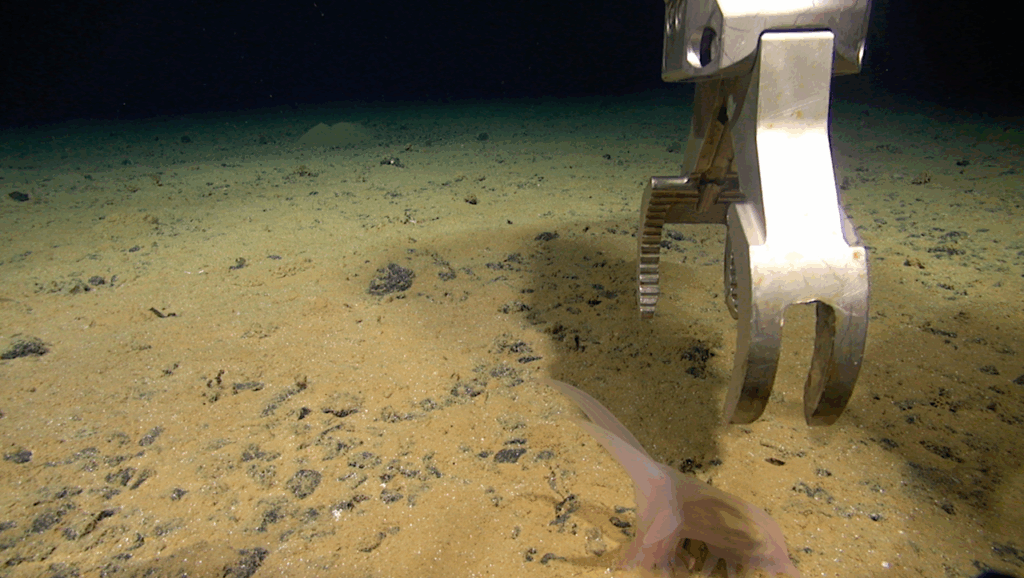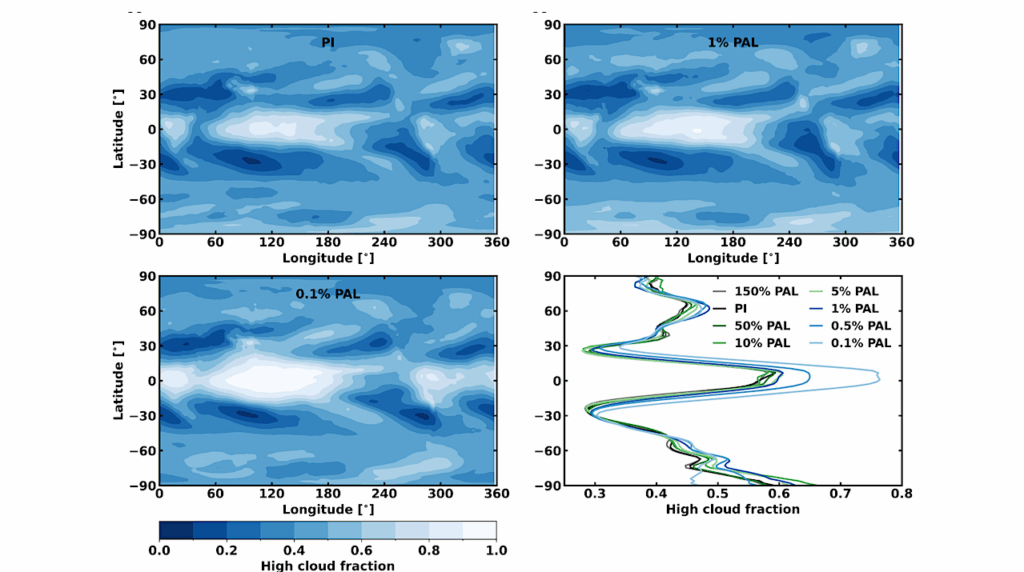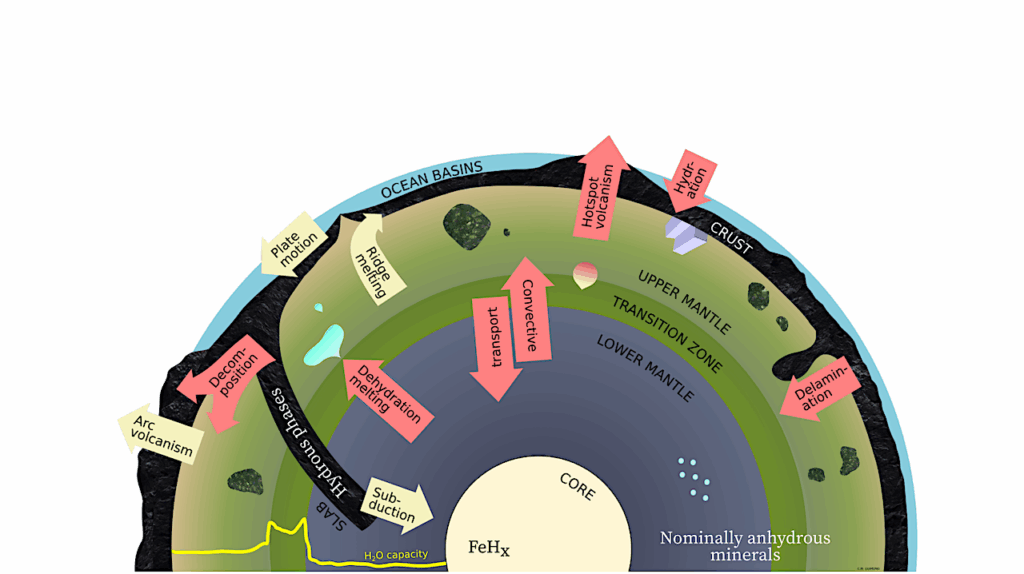The Evolution And Spread Of Sulfur-cycling Enzymes Reflect Volcanic Sulfur Sources And The Redox State Of The Early Earth
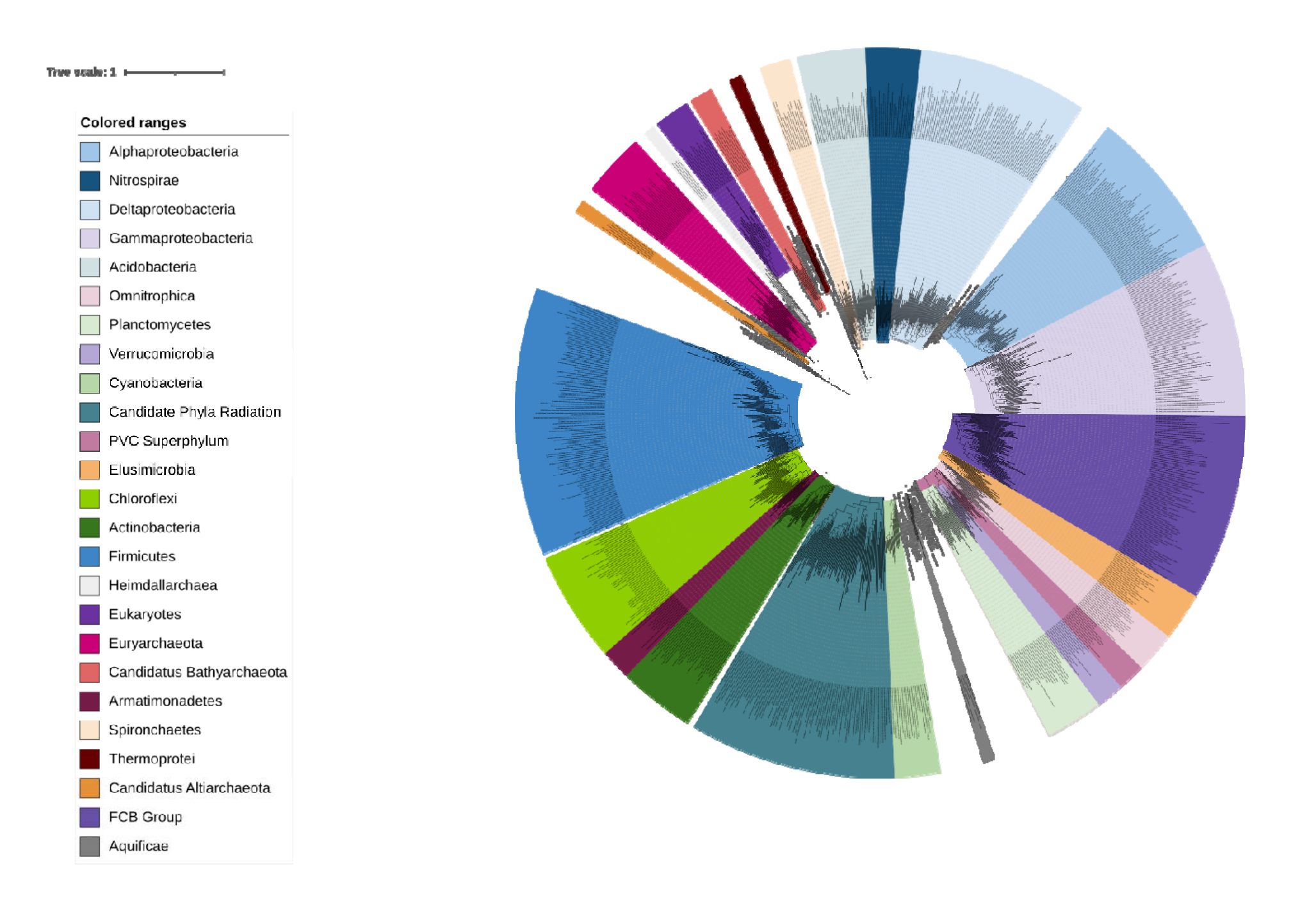
The biogeochemical sulfur cycle plays a central role in fueling microbial metabolisms, regulating the redox state of the Earth, and impacting climate through remineralization of organic carbon.
The biogeochemical sulfur cycle plays a central role in fueling microbial metabolisms, regulating the redox state of the Earth, and impacting climate through remineralization of organic carbon.
However, traditional reconstructions of the ancient sulfur cycle based on geochemistry are confounded by ambiguous isotopic signals, low sulfate concentrations in the Archean ocean, and the isotopic impacts of photolysis acting on volcanogenic SO2 gas.
Here, we use a phylogenomics approach to ascertain the timing of gene duplication, loss, and horizontal gene transfer events for sulfur cycling genes across the tree of life. Our results suggest that metabolisms using sulfate reduction and sulfide oxidation emerged early in life’s evolution, but metabolic pathways involving thiosulfate and the sox pathway proliferated across the tree of life only after the Great Oxidation Event, suggesting enhanced recycling of sulfur with increasing oxygen levels in the Paleoproterozoic ocean.
Our data go beyond geochemical records by revealing that the manifestations of geochemical signatures resulted not from the expansion of a single type of organism, but were instead associated with the expansion of genomic innovation across the tree of life.
Moreover, our results provide the first indication of organic sulfur cycling in the Archean, possibly reflecting the use of methanethiol in hydrothermal vent habitats. The formation of DMS may have had implications for climate regulation, the generation of the sulfur MIF signal, and atmospheric biosignatures.
Overall, our results provide new insights into how the biological sulfur cycle evolved in tandem with the redox state of the early Earth.
Teaser Phylogenomics analyses reveal that the evolution of microbial sulfur metabolisms tracked the redox state of the early Earth.
Competing Interest Statement
The authors have declared no competing interest.
Katherine Mateos, Garrett Chappell, Eva Stüeken, Rika Anderson
doi: https://doi.org/10.1101/2022.08.05.502933
PDF: https://www.biorxiv.org/content/10.1101/2022.08.05.502933v2.full.pdf
Astrobiology,



